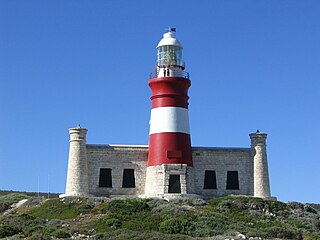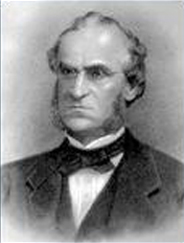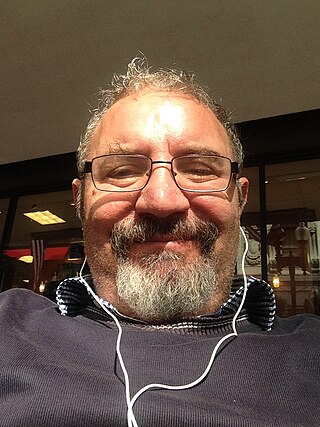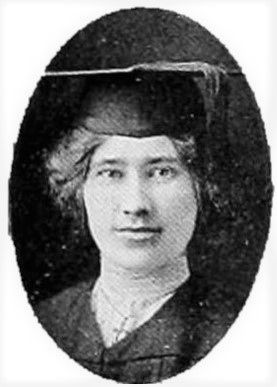Related Research Articles

A civil engineer is a person who practices civil engineering – the application of planning, designing, constructing, maintaining, and operating infrastructure while protecting the public and environmental health, as well as improving existing infrastructure that may have been neglected.
Leslie Earl Robertson was an American engineer. He was the lead structural engineer of the Twin Towers of the original World Trade Center in New York City, and served as structural engineer on numerous other projects, including the U.S. Steel Tower in Pittsburgh, Shanghai World Financial Center, and the Bank of China Tower in Hong Kong.

The American Society of Civil Engineers (ASCE) is a tax-exempt professional body founded in 1852 to represent members of the civil engineering profession worldwide. Headquartered in Reston, Virginia, it is the oldest national engineering society in the United States. Its constitution was based on the older Boston Society of Civil Engineers from 1848.

James Bicheno Francis was a British-American civil engineer, who invented the Francis turbine.

Henry Petroski was an American engineer specializing in failure analysis. A professor both of civil engineering and history at Duke University, he was also a prolific author. Petroski wrote over a dozen books – beginning with To Engineer is Human: The Role of Failure in Successful Design (1985) and including a number of titles detailing the industrial design history of common, everyday objects, such as pencils, paper clips, toothpicks, and silverware. His first book was made into the film When Engineering Fails. He was a frequent lecturer and a columnist for the magazines American Scientist and Prism.
Engineering ethics is the field of system of moral principles that apply to the practice of engineering. The field examines and sets the obligations by engineers to society, to their clients, and to the profession. As a scholarly discipline, it is closely related to subjects such as the philosophy of science, the philosophy of engineering, and the ethics of technology.

James Pugh Kirkwood was a 19th-century American civil engineer, and general superintendent of the Erie Railroad in the year 1849–1850. He left the Erie to go to the southwest to construct railroads, and he made the first survey for the Pacific Railroad west from the Mississippi to the Rocky Mountains. The towns of Kirkwood, Missouri and Kirkwood, New York are named in his honor. He served as president of the American Society of Civil Engineers (ASCE) from 1867 to 1868.

Tunkhannock Creek Viaduct is a concrete deck arch bridge on the Nicholson Cutoff rail line segment of the Norfolk Southern Railway Sunbury Line that spans Tunkhannock Creek in Nicholson, Pennsylvania. Measuring 2,375 feet (724 m) long and towering 240 feet (73.15 m) when measured from the creek bed, it was the largest concrete structure in the world when completed in 1915 and still merited "the title of largest concrete bridge in America, if not the world" 50 years later.

Zdeněk Pavel Bažant is McCormick School Professor and Walter P. Murphy Professor of Civil Engineering and Materials Science in the Department of Civil and Environmental Engineering at Northwestern University's Robert R. McCormick School of Engineering and Applied Science.
Bilal M. Ayyub is a researcher in risk analysis and reliability engineering. He has been a professor of civil and environmental engineering at the University of Maryland, College Park (UMD) since 1983, and is also the director of the Center for Technology and Systems Management at its A. James Clark School of Engineering.
The Civil Engineering Body of Knowledge is a body of knowledge, set forth in a proposal by the American Society of Civil Engineers (ASCE) entitled Civil Engineering Body of Knowledge for the 21st century. This proposal seeks to identify and implement improvements to the education and licensure process for civil engineers in the United States of America. The proposal is intended to increase occupational closure by increasing the requirements to become a licensed engineer. Some have identified this joint effort with the Raising the Bar as not necessary.
Thomas Denis O’Rourke is an American educator, engineer and serves as the Thomas R. Biggs Professor of civil & environmental engineering at the Cornell University College of Engineering. O’Rourke took his Bachelor of Science in civil engineering at Cornell's engineering college in 1970 and his doctorate at the University of Illinois Urbana-Champaign in 1975.

The Cape Agulhas Lighthouse is at Cape Agulhas, the southernmost tip of Africa. At 171 years old, it is the third-built lighthouse in South Africa, and the second-oldest still operating, after Green Point. It is located on the southern edge of the village of L'Agulhas, in the Agulhas National Park; the light is operated by Transnet National Ports Authority. In 2016, the American Society of Civil Engineers (ASCE) identified the lighthouse as a deserving prominent historic engineering project and International Historic Civil Engineering Landmark.

Alfred Wingate Craven was a chief engineer of the Croton Aqueduct Department, was a founding member—and host of its initial meeting—of the American Society of Civil Engineers and Architects, which later became the American Society of Civil Engineers (ASCE).

James Laurie was a prominent American engineer and one of the founders of American Society of Civil Engineers (ASCE). He performed surveying, bridge design, and route design for a number of railroads in New England.

William Ezra Worthen was a Harvard-educated American civil engineer. He was President of the American Society of Civil Engineers in 1887, and elected an Honorary Member in 1898.

Ferhat Ozcep was a geophysicist and historian of science in Turkey. He was born in Zonguldak on 23 January 1968. He was a visiting scholar in the Department of the Science at Harvard University. He was professor of geophysics at Istanbul University.
Samuel Arnold Greeley was an American civil engineer. He was largely responsible for the North Shore Sanitary District works from 1913 until 1963, and founded the engineering firm of Greeley & Hansen Consulting Engineers in 1914.

218 West 57th Street is a building on 57th Street in Midtown Manhattan in New York City. It was designed by Cyrus L. W. Eidlitz in the French Renaissance Revival style, with an annex built to designs by Eidlitz and Andrew C. McKenzie. The building served as the headquarters of the American Society of Civil Engineers (ASCE) from 1897 to 1917.

Hilda Counts was an American electrical engineer and co-founder of the American Society of Women Engineers and Architects. She was the first woman to gain a degree in Electrical Engineering from the University of Colorado.
References
- ↑ About Us Archived 2015-03-02 at the Wayback Machine Boston Society of Civil Engineers Section
- ↑ Civil Engineering Magazine 150th Anniversary Edition: Celebrating the Greatest Profession Anne Elizabeth Powell; ASCE Publications, Jan 1, 2002 ; 340 pages; page 191